Some animals are natural sweethearts—you can see it in the way they approach, play, or even just look at you. They’re the ones that seem to enjoy our company, happily wagging tails or nudging for a little attention. But not every adorable face means a gentle nature. Some creatures can charm you one moment and turn defensive the next. Knowing which animals are truly friendly—and which ones deserve a little more space—can make all the difference, whether you’re out in nature or visiting a wildlife park. It’s not just about safety, either—it’s about understanding and respecting the personalities behind the fur, feathers, or scales.
Koala
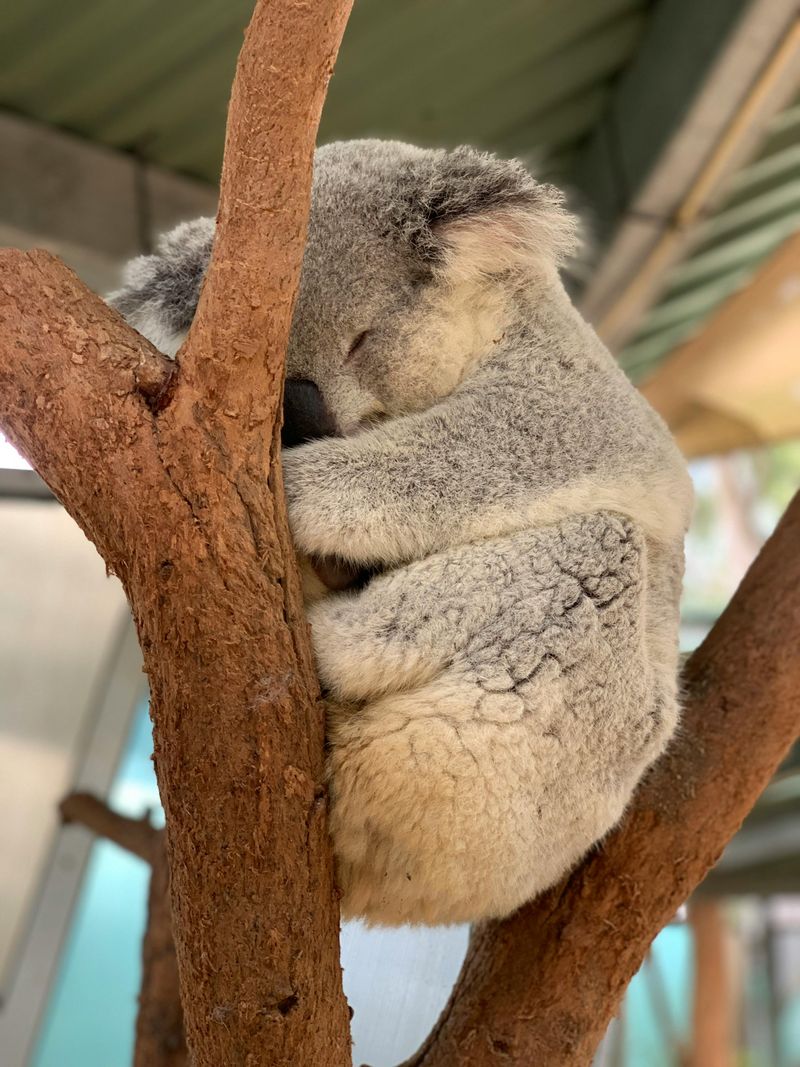
Koalas, often mistaken for bears, are marsupials with a laid-back lifestyle. Spending most of their time in eucalyptus trees, they feed on leaves that provide both food and water.
Their slow metabolism allows them to rest for up to 20 hours a day, conserving energy. Koalas’ fluffy ears and button noses add to their appeal, making them iconic symbols of Australian wildlife.
Despite their cuddly appearance, they are solitary creatures, preferring their own company. Conservation efforts are crucial as habitat loss and disease threaten their populations, ensuring future generations can enjoy their charm.
Labrador Retriever

Labrador Retrievers, with their boundless energy, are a favorite among families. Their enthusiasm is infectious, making them ideal companions for active households. Known for their intelligence and trainability, they excel in roles ranging from service dogs to search and rescue.
Their short, dense coat comes in various shades, from black to chocolate to yellow, adding to their appeal.
Labradors are renowned for their gentle mouths, able to carry eggs without breaking them. Their origins trace back to Newfoundland, where they aided fishermen by retrieving nets and fish.
Dolphin

Dolphins, with their playful antics, are the ocean’s charmers. Observing them glide effortlessly through water, one can’t help but be captivated. Their intelligence is renowned, often showcased through complex social interactions and problem-solving abilities.
These marine mammals communicate using a series of clicks and whistles, a language unique to each pod.
They are known to assist humans, from leading lost boats to safety to providing comfort in therapy sessions. Dolphins’ inherent curiosity often leads them to interact with divers and snorkelers, creating memorable encounters.
Elephant

Elephants, with their imposing size, are surprisingly gentle giants. Known for their deep familial bonds, they exhibit emotions akin to humans. From mourning lost members to celebrating births, their societies are intricate and fascinating.
Their trunks are not just for show; they are used for communication, gathering food, and displaying affection.
Their intelligence rivals that of some primates, with memories that span decades. While they roam vast savannahs, threats like poaching cast a shadow over their existence. Protecting them ensures the preservation of this intelligent, empathetic species.
Golden Retriever

With a heart that radiates warmth, Golden Retrievers are the embodiment of friendliness. Their wagging tails and happy barks always brighten up the day. Known for their loyalty and intelligence, these dogs make for excellent companions. They love playing fetch and enjoy being around children, showcasing their playful spirit.
Their golden fur and gentle eyes make them a favorite among dog lovers. Not only are they great family pets, but they also excel as therapy dogs, offering comfort to those in need. Their history traces back to Scotland, where they were bred for hunting.
Capybara

Capybaras are nature’s diplomats, befriending creatures from all walks of life. These large rodents are often seen surrounded by various animals, from birds to small mammals, all lounging together in harmony.
Their calm, laid-back attitude makes them approachable to both animals and humans. Native to South America, capybaras are semi-aquatic, often found near water bodies where they graze on grasses.
Their social structures are complex, often living in groups that communicate through a series of clicks and whistles. Their peaceful coexistence with other animals makes them unique in the animal kingdom.
Quokka
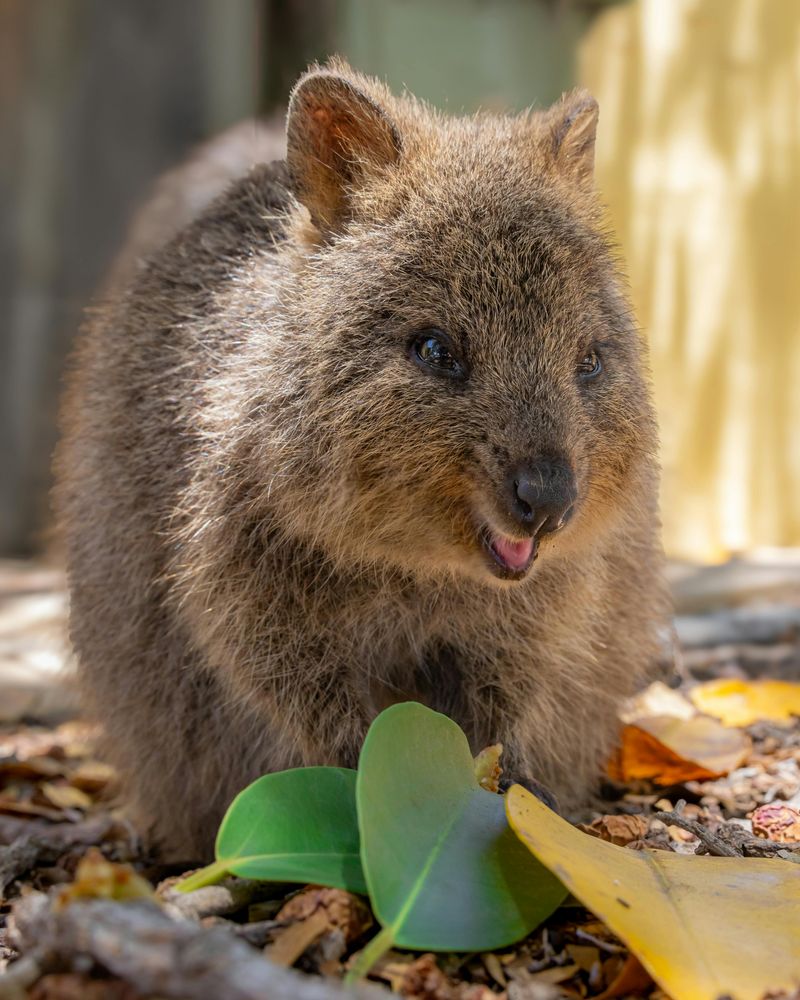
The quokka, often dubbed the “world’s happiest animal,” has a grin that captivates hearts worldwide. These small marsupials are native to Australia, particularly Rottnest Island, where they roam freely.
Their friendly demeanor has made them popular among tourists, who often seek “quokka selfies.” Despite their popularity, it’s essential to remember they are wild animals deserving respect and space.
Quokkas are herbivores, feeding on leaves and grasses, and are primarily nocturnal, coming out at night to forage. Their cheerful appearance hides a resilient nature, adapted to Australia’s harsh environment.
Dog

Dogs, collectively, are humanity’s loyal companions. With a myriad of breeds, each offers unique traits, yet all share an inherent loyalty and affection. From tiny Chihuahuas to towering Great Danes, their versatility is unparalleled.
Dogs have been by our side for thousands of years, assisting in hunting, herding, and protection. Their ability to bond with humans transcends cultures, making them universal symbols of friendship.
Beyond companionship, they serve roles in therapy, law enforcement, and search and rescue. Their diverse skills and emotional intelligence ensure they remain beloved worldwide.
Cat

Cats, with their mysterious allure, have enchanted humans for centuries. Known for their independence, they exhibit affection on their own terms, endearing them to many.
While they often enjoy solitude, cats form strong bonds with their human companions. Their purring is not just soothing but also a sign of contentment.
Cats adapt well to various environments, from urban apartments to rural farms. Their agility and keen senses make them adept hunters, while their playful antics bring joy to households. Despite their sometimes aloof demeanor, cats’ companionship is cherished by millions.
Guinea Pig
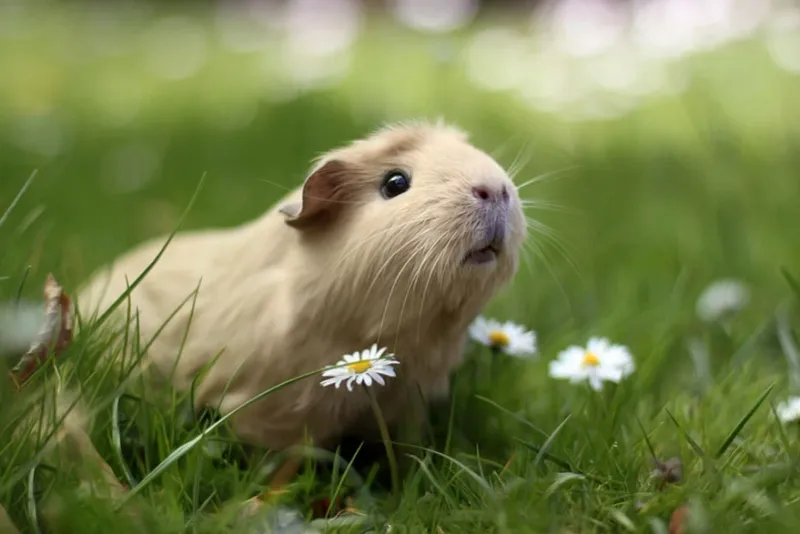
Guinea pigs, with their adorable squeaks and gentle presence, are beloved pets worldwide. These small rodents form strong bonds with their owners, often communicating through a range of sounds like purring and chirping.
Their diet primarily consists of fresh vegetables and hay, ensuring they remain healthy and active. Guinea pigs thrive in social settings, often kept in pairs or groups to prevent loneliness.
Originally from the Andes, they have been domesticated for centuries, providing companionship and joy. Their docile nature and low maintenance make them ideal pets for families and individuals alike.
Horse
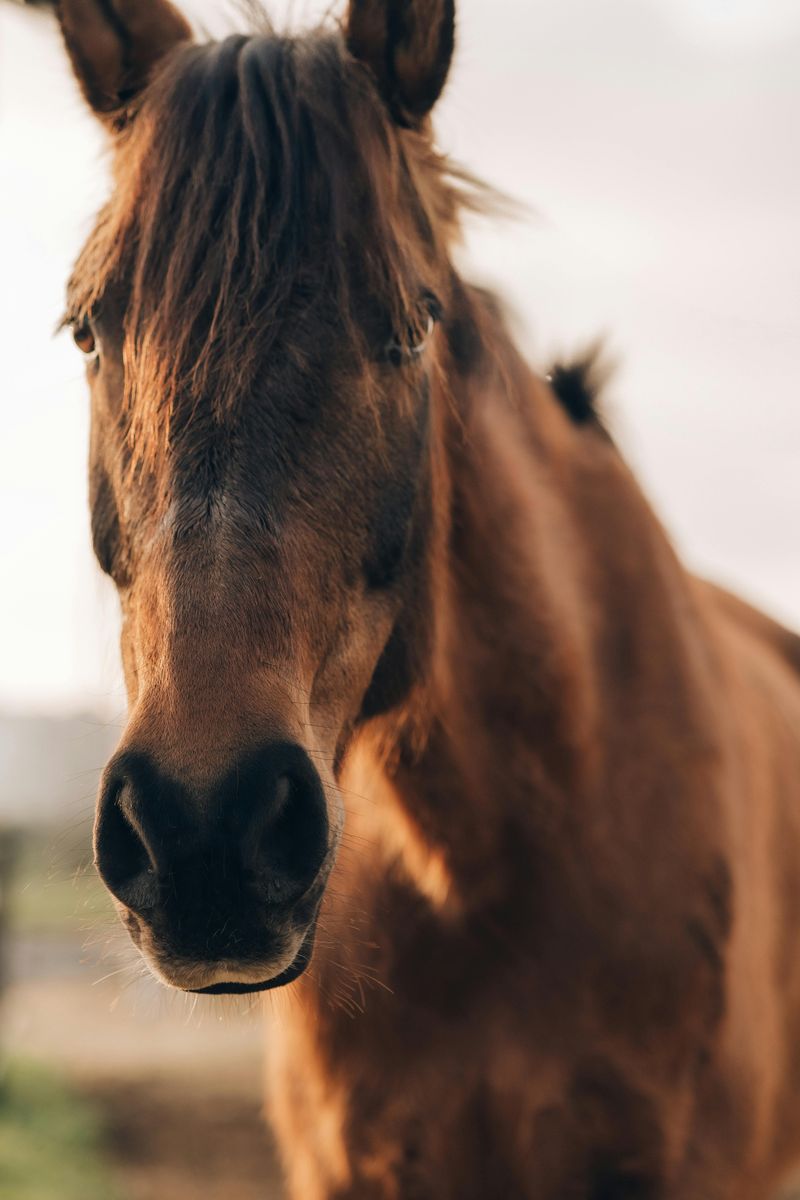
Horses, with their majestic presence, have been faithful companions to humans throughout history. Known for their strength and grace, they have played vital roles in transportation, agriculture, and sport.
Beyond utility, horses form strong emotional bonds with their human handlers, often responding to subtle cues and body language.
Their intelligence and sensitivity make them excellent partners in therapeutic settings, aiding in mental and physical rehabilitation. Whether galloping across fields or gently trotting in pastures, horses captivate with their elegance and noble spirit, continuing to inspire awe and admiration worldwide.
Penguin

Penguins, with their endearing waddle and tuxedo-like appearance, are among the most beloved birds. Their social nature is evident in their large colonies, where they huddle together for warmth and protection.
These flightless birds are expert swimmers, using their wings as flippers to glide through icy waters in search of food.
Penguins are found primarily in the Southern Hemisphere, with species ranging from the Emperor penguin in Antarctica to the Galapagos penguin on tropical islands. Their playful demeanor and resilience in harsh climates make them a favorite among wildlife enthusiasts.
Rabbit

Rabbits, with their twitching noses and fluffy tails, embody cuteness. Known for their playful and curious nature, they make delightful pets, bringing joy with their antics.
Rabbits communicate through body language, such as thumping their hind legs when alarmed. They thrive in environments where they can dig, hop, and explore.
Domesticated rabbits come in various breeds, each with unique colors and fur types. Their diet includes fresh vegetables and hay, ensuring their health and longevity. Rabbits’ charm and gentleness have made them beloved companions across cultures and ages.
Giraffe
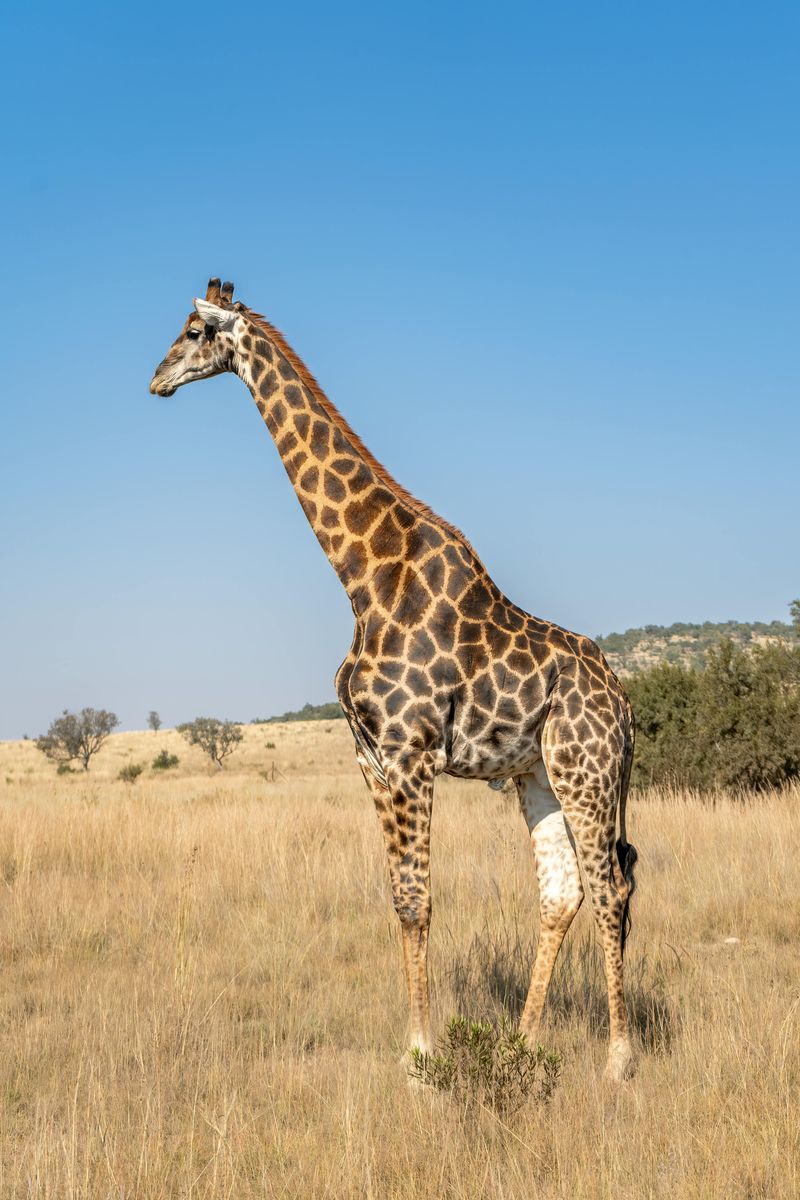
Giraffes, with their long necks and striking patterns, are wonders of the animal world. These gentle herbivores are the tallest land animals, using their height to reach leaves on tall trees in the African savannah.
Their unique spots serve as camouflage, blending with the dappled sunlight filtering through tree canopies. Giraffes’ long necks contain the same number of vertebrae as humans, albeit much larger and elongated.
Social by nature, they often form loose herds, communicating through subtle body language. Giraffes’ elegance and calm demeanor make them a favorite among safari enthusiasts.
Chimpanzee

Chimpanzees, our closest relatives in the animal kingdom, fascinate with their intelligence and complex societies. Known for their problem-solving abilities, they use tools like sticks to fish for termites or crack nuts.
Living in social groups, they exhibit a range of emotions, from joy to anger, strengthening bonds through grooming. Chimpanzees communicate using vocalizations, facial expressions, and gestures.
Found in African forests, they play a crucial role in their ecosystems by dispersing seeds and maintaining forest health. Conservation efforts are vital as habitat loss and hunting threaten their populations.
Wolf

Wolves, often misunderstood, are emblematic of the wild. Known for their complex social structures, they live in packs led by an alpha pair. Their howls, echoing through forests, serve as communication, strengthening pack bonds.
Despite their fierce reputation, wolves are essential for ecosystem balance, controlling prey populations and promoting biodiversity.
Their intelligence and adaptability have allowed them to survive in diverse habitats, from tundras to forests. While often seen as a symbol of wilderness, human-wolf conflicts highlight the need for coexistence and conservation efforts to protect these majestic creatures.
Cheetah
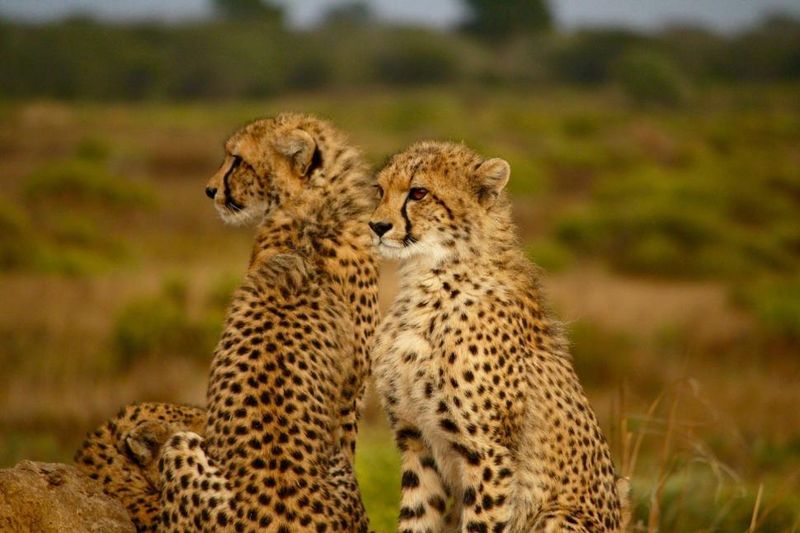
Cheetahs, the fastest land animals, captivate with their speed and agility. Capable of reaching speeds up to 70 mph, they are built for sprinting, with slim bodies and long legs.
Their distinctive black tear lines help reduce glare and focus on prey during hunts. Solitary by nature, cheetahs are more social than other big cats, often seen in small groups of siblings or mothers with cubs.
Found primarily in Africa, their populations face threats from habitat loss and human-wildlife conflict. Conservation efforts are crucial to ensure these incredible animals continue to grace the savannahs.
Raccoon
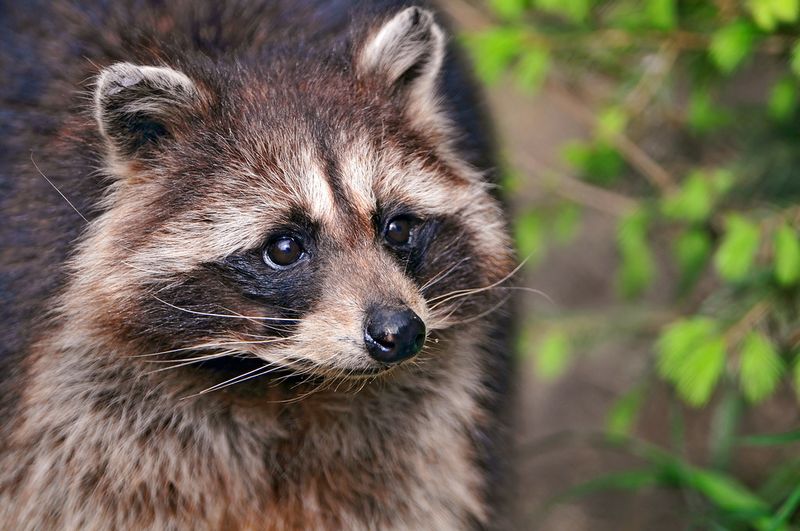
Raccoons, with their masked faces and dexterous paws, are known for their curiosity and adaptability. These nocturnal animals are often seen rummaging through trash cans, earning a reputation as urban bandits.
Their intelligence and problem-solving skills make them adept at finding food in diverse environments, from woodlands to city streets. Raccoons communicate through a range of vocalizations and body language, often living in family groups.
While they can be playful and entertaining, their opportunistic nature can lead to conflicts with humans, highlighting the need for effective wildlife management.
Hyena

Hyenas, with their distinctive laughter-like calls, are often misunderstood creatures of the African plains. Known for their social structures, they live in clans led by dominant females, showcasing unique matriarchal societies.
Often seen as scavengers, hyenas are skilled hunters, displaying intelligence and cunning in their pursuits. Their powerful jaws can crush bones, allowing them to extract nutrients from carcasses.
Their eerie calls, echoing through the night, serve as communication among clan members. Despite their reputation, hyenas play a vital role in ecosystems, controlling prey populations and cleaning up carrion.
Monkey
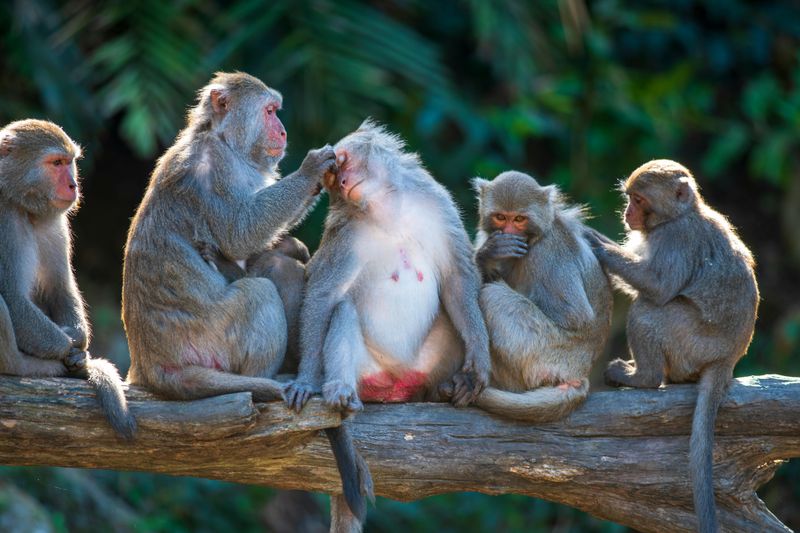
Monkeys, with their playful antics and curious nature, are among the most fascinating primates. Known for their agility, they leap through tree canopies with ease, using their prehensile tails for balance and grasping.
Monkeys exhibit complex social behaviors, forming troops with intricate hierarchies and communication methods. Their curiosity leads them to explore and interact with their surroundings, often displaying intelligence and creativity.
From the rainforests of South America to the savannahs of Africa, monkeys play essential roles in their ecosystems, aiding in seed dispersal and forest regeneration.
Kangaroo
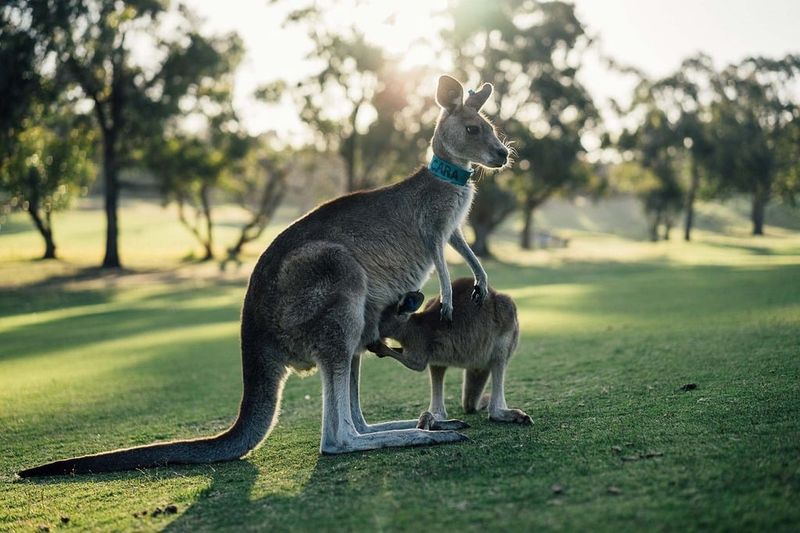
Kangaroos, iconic symbols of Australia, captivate with their unique hopping locomotion. Using powerful hind legs, they cover vast distances, reaching speeds up to 35 mph. Their long tails provide balance and support.
Kangaroos are social animals, often seen in mobs, where they graze on grasses and shrubs. Females carry joeys in pouches, nurturing them until they’re independent.
While they appear docile, kangaroos can be fierce when threatened, using strong legs to defend themselves. Their adaptability to diverse environments, from forests to deserts, ensures their survival in the wild.

